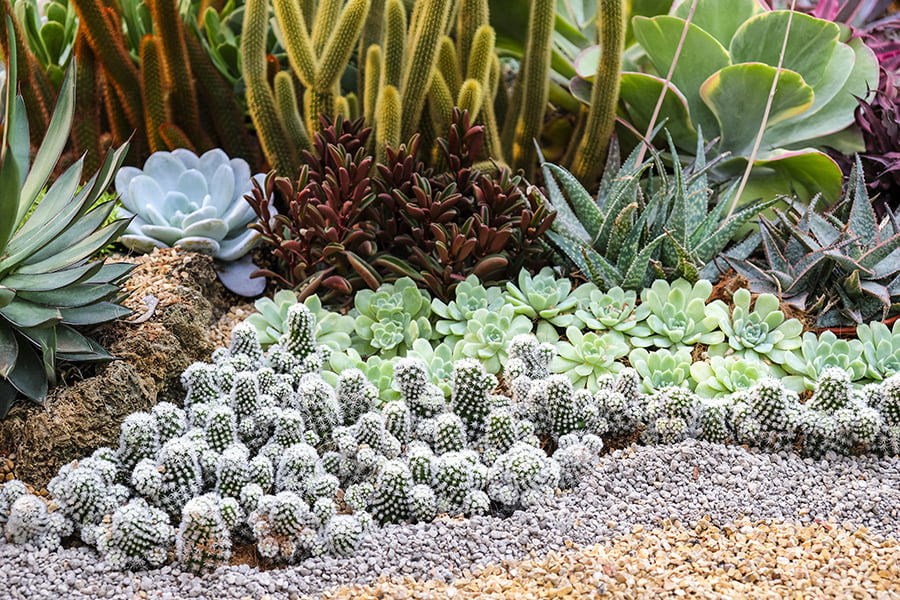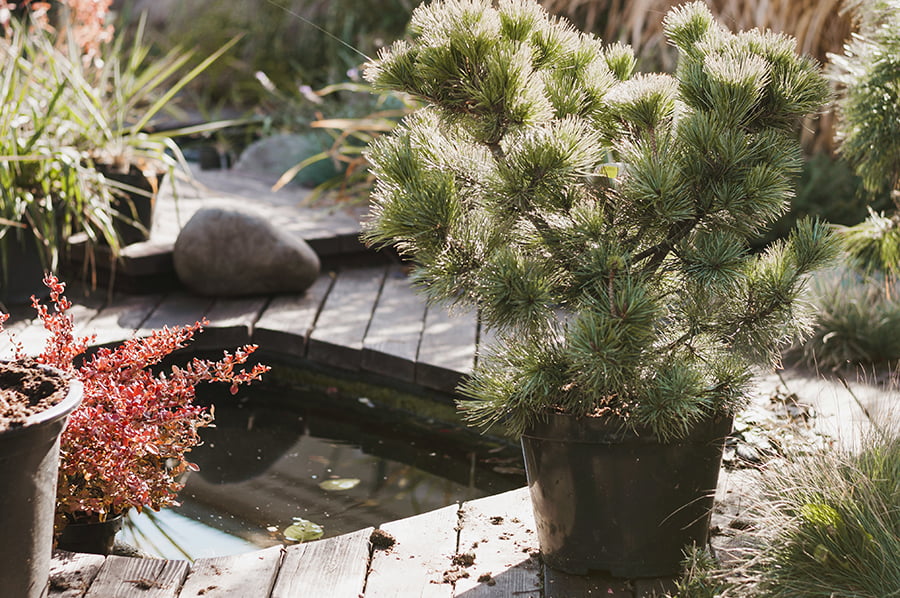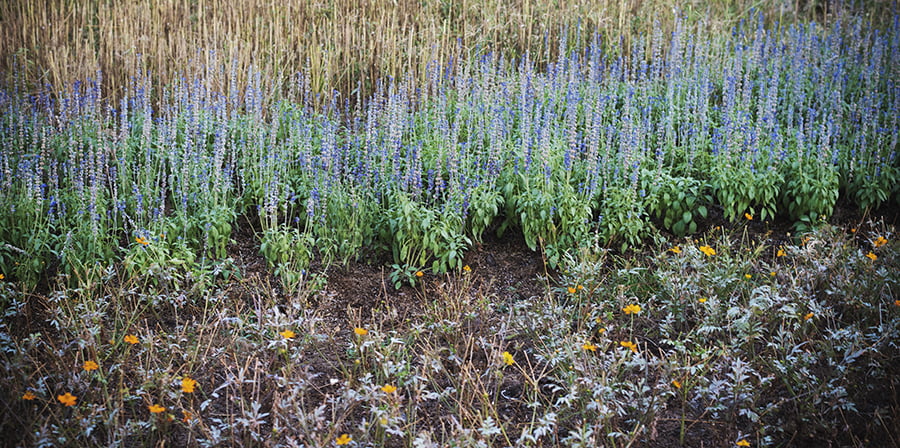You can incorporate water conservation into your landscaping design by using native plants, mulching, and installing a drip irrigation system.
If you’re looking to create an environmentally friendly and sustainable landscape design, water conservation should be a top priority. With the right strategies in place, you can reduce your water usage while still creating a beautiful outdoor space.
In this blog post, we’ll explore some of the ways that you can incorporate water conservation into your landscaping design. From choosing native plants to installing rain barrels, there are plenty of options to help make your yard more eco-friendly.
Read on to learn more!
Choose Native Plants

Native plants are adapted to the local climate and soil conditions, meaning they require less water than non-native species. Native plants provide food and shelter for local wildlife, helping to create a healthy ecosystem in your yard.
When selecting native plants for your landscape design, consider the amount of sunlight available in each area as well as the type of soil you have. This will help ensure that you choose species that are best suited to thrive in your environment with minimal watering requirements.
Use Mulch
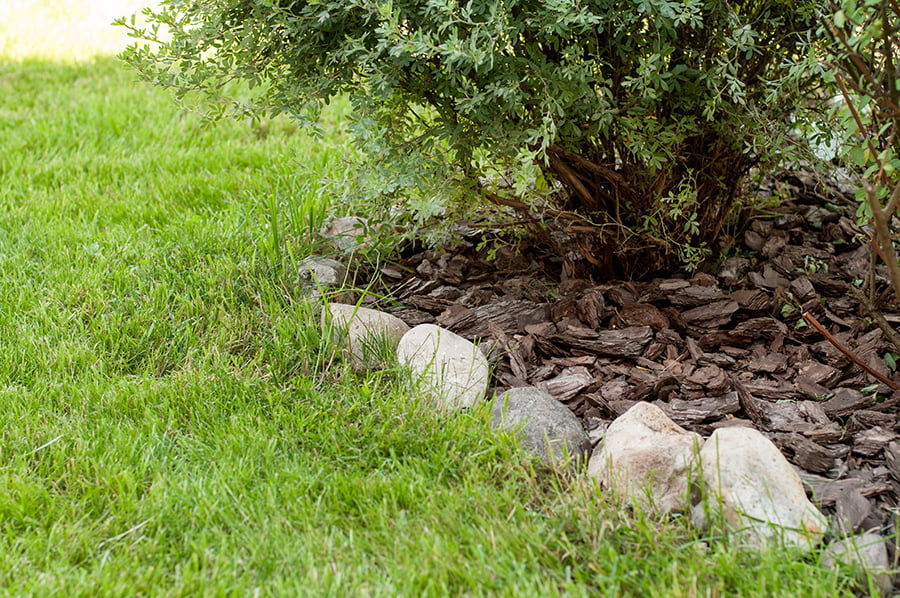
Mulching helps to reduce evaporation from the soil, which means less water needs to be used for irrigation. Mulch also helps keep the soil temperature more consistent, so plants don’t need as much water during hot summer days.
Mulch can help prevent weeds from growing and competing with your plants for moisture. This means that you won’t have to use as much water on weeding or watering your plants.
Mulch can help improve the overall health of your soil by adding organic matter and nutrients that will help retain moisture better over time.
Install a Rain Barrel or Cistern
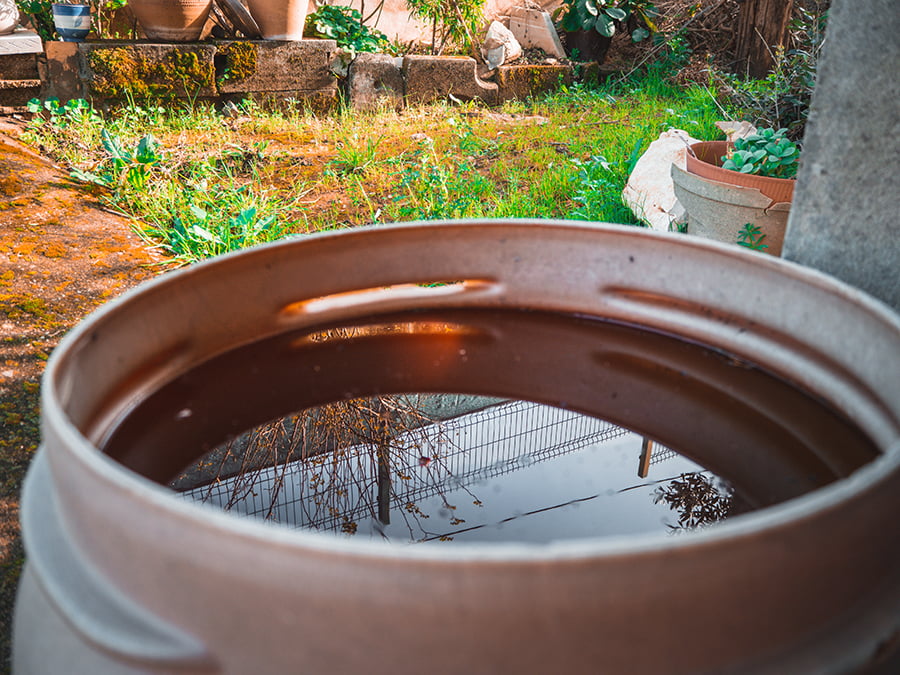
A rain barrel collects and stores rainwater from the roof of your home, while a cistern is a larger container that can store more water. Both are designed to capture and store runoff from downspouts, allowing you to use the collected water for outdoor activities such as watering plants or washing cars.
By using this stored water instead of relying on municipal sources, you can reduce your overall water consumption and help conserve resources. Installing either type of system will also help reduce stormwater runoff which can cause flooding and erosion in nearby areas.
Use Drip Irrigation Systems
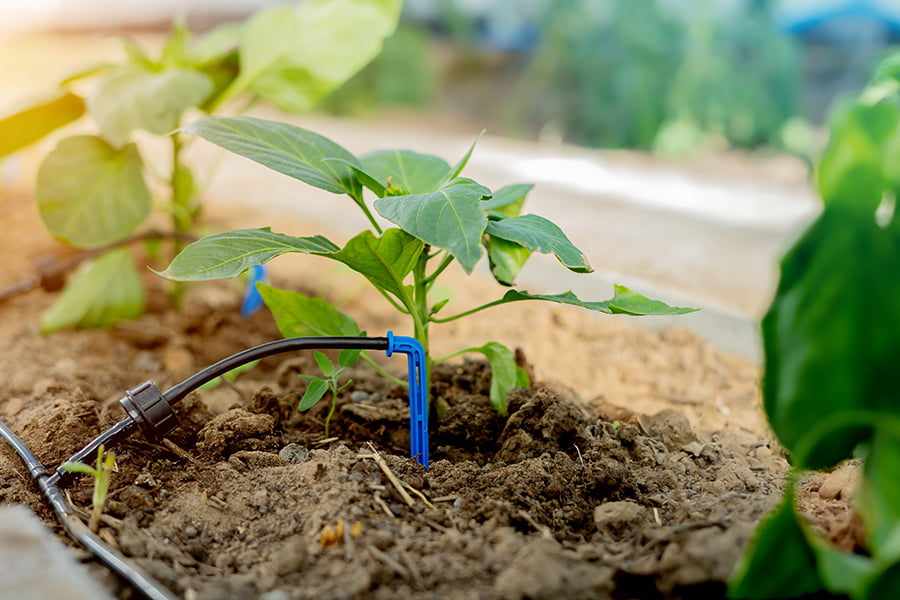
Drip irrigation systems use a network of pipes, hoses, and emitters that deliver water directly to the roots of plants. This method is much more efficient than traditional sprinkler systems because it reduces evaporation and runoff, allowing for precise watering with minimal waste.
Drip irrigation also helps reduce weeds by keeping the soil moist but not saturated. This system can be easily automated with timers or sensors so that you don’t have to worry about manually turning it on and off every day.
With careful planning and installation, drip irrigation can help you save money on your water bill while still providing your plants with the hydration they need to thrive.
Reduce Lawn Size
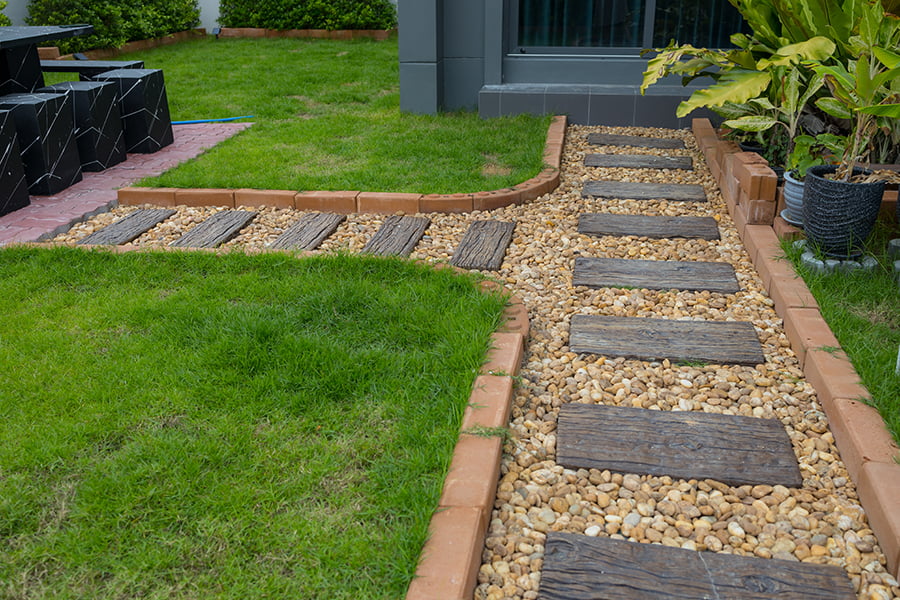
By reducing the amount of grass and other plants that require frequent watering, you can significantly reduce the amount of water needed for maintenance. This can be done by replacing large areas of grass with hardscapes such as patios, decks, or walkways.
These surfaces require little to no water and are easy to maintain. You can replace some areas with drought-tolerant plants that need less water than traditional grasses and shrubs.
By making these changes, you will not only save on your monthly water bill but also help conserve a precious natural resource.
Collect Runoff Water From Hard Surfaces
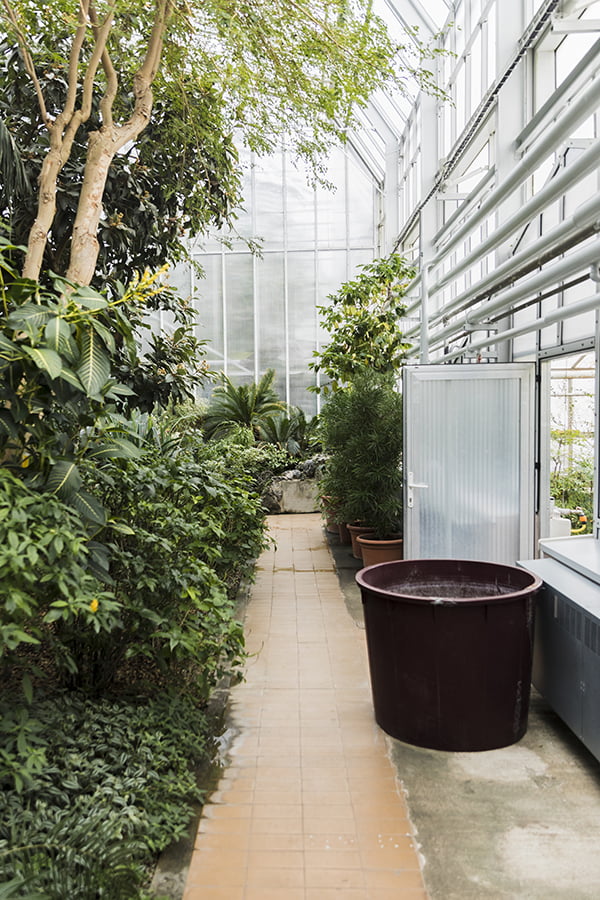
Runoff water is the excess rainwater that flows off of hard surfaces such as driveways, sidewalks, and patios. This runoff can be collected and used for irrigation purposes in your landscape design.
By collecting this runoff, you are able to reduce the amount of fresh water needed for irrigation while also reducing the amount of stormwater pollution entering local waterways. There are several ways to collect runoff from hard surfaces including using rain barrels or cisterns, installing swales or berms around impervious surfaces, and creating bioswales with native plants that absorb excess moisture.
Collecting runoff from hard surfaces is an easy way to conserve water while also improving the health of local ecosystems!
Group Plants With Similar Water Needs Together

This means that when planning a landscape, it is important to consider the amount of water each plant requires and group them accordingly. For example, if you have a variety of plants that require different amounts of water, such as cacti and ferns, it would be beneficial to place the cacti together in one area and the ferns together in another area.
By doing this, you can ensure that each plant gets the right amount of water without wasting any extra resources. Functional grouping of plants with similar water needs also helps reduce competition for resources between different species which can help promote healthy growth for all your plants.
Choose Drought-tolerant Grasses and Ground Covers
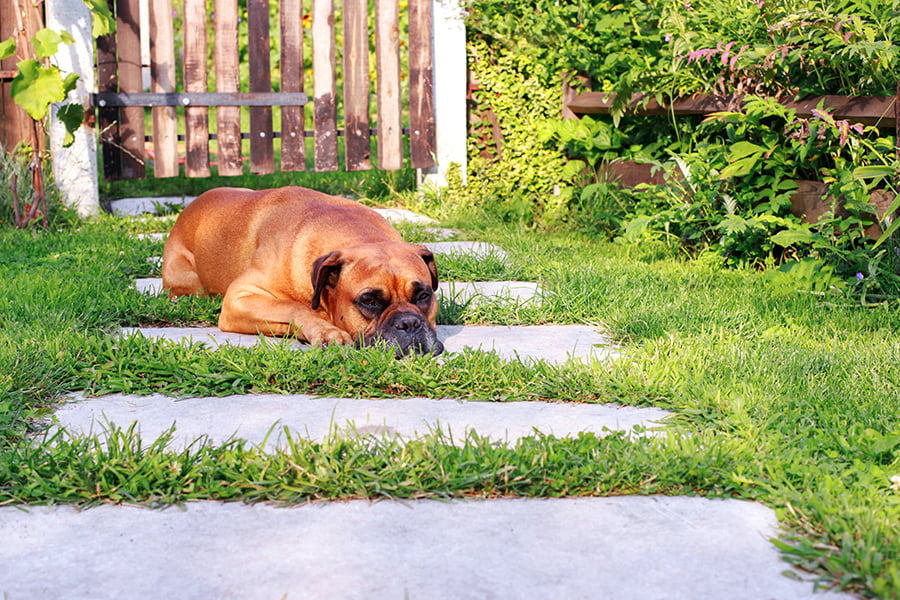
Drought-tolerant plants are those that require less water than other varieties, making them ideal for areas with limited access to irrigation or in regions where droughts are common. These plants have adapted to survive on minimal amounts of moisture, allowing them to thrive even during periods of low rainfall.
When choosing drought-tolerant grasses and ground covers, it is important to consider the climate and soil conditions of the area as well as the amount of sunlight available. These plants should be chosen based on their ability to withstand extreme temperatures and resist pests or diseases that may affect their growth.
By selecting drought-tolerant grasses and ground covers for your landscaping design, you can help conserve water while still creating a beautiful outdoor space.
